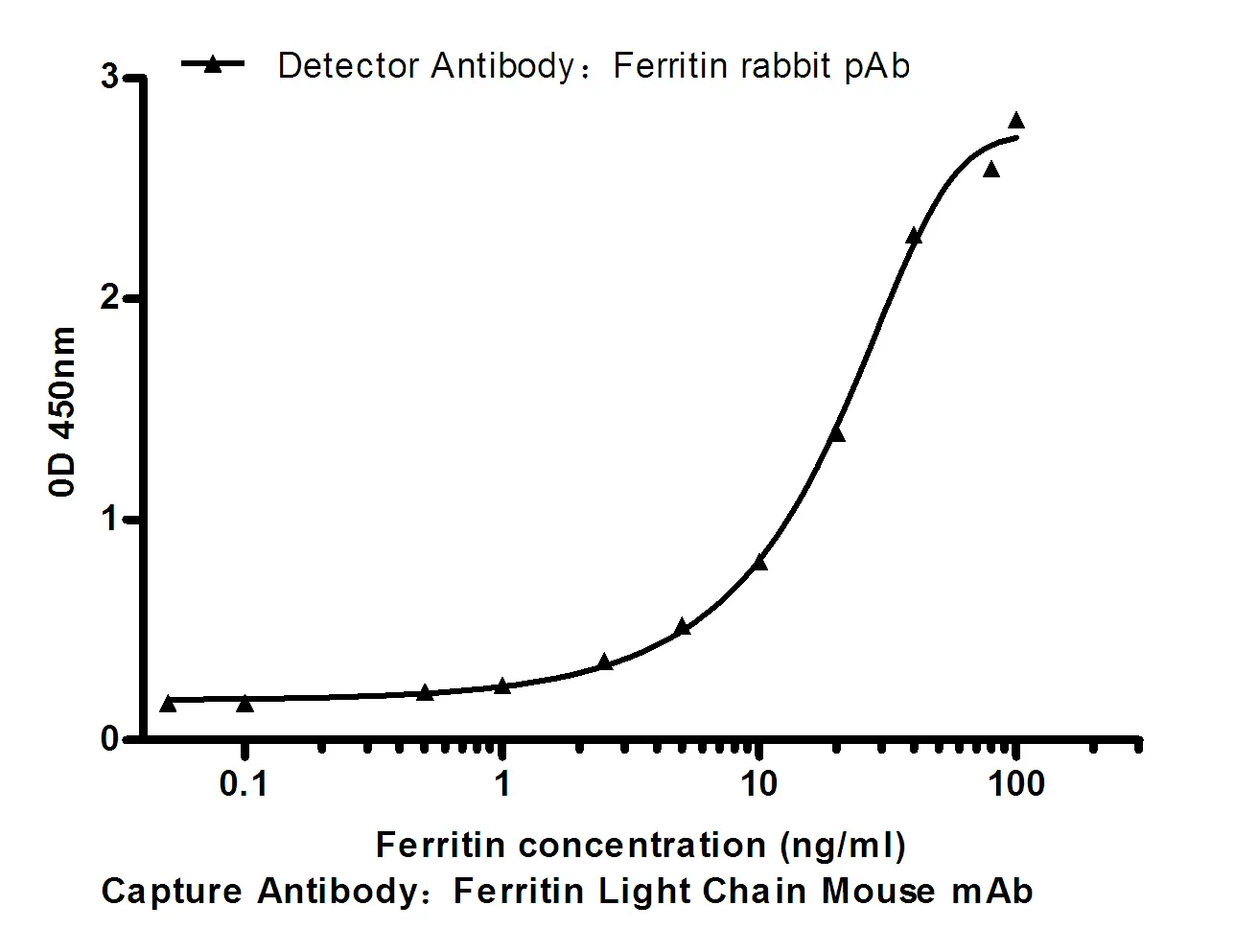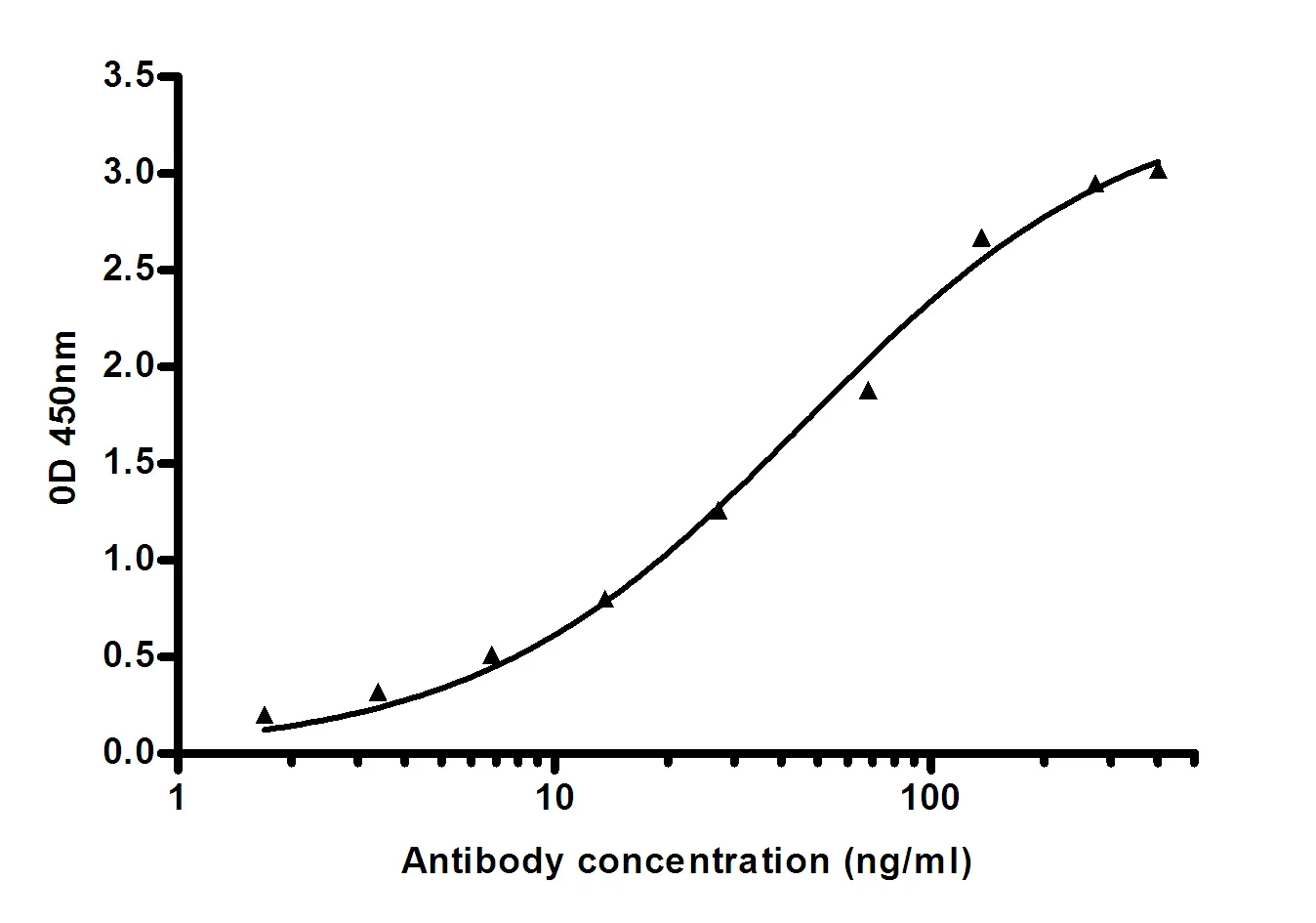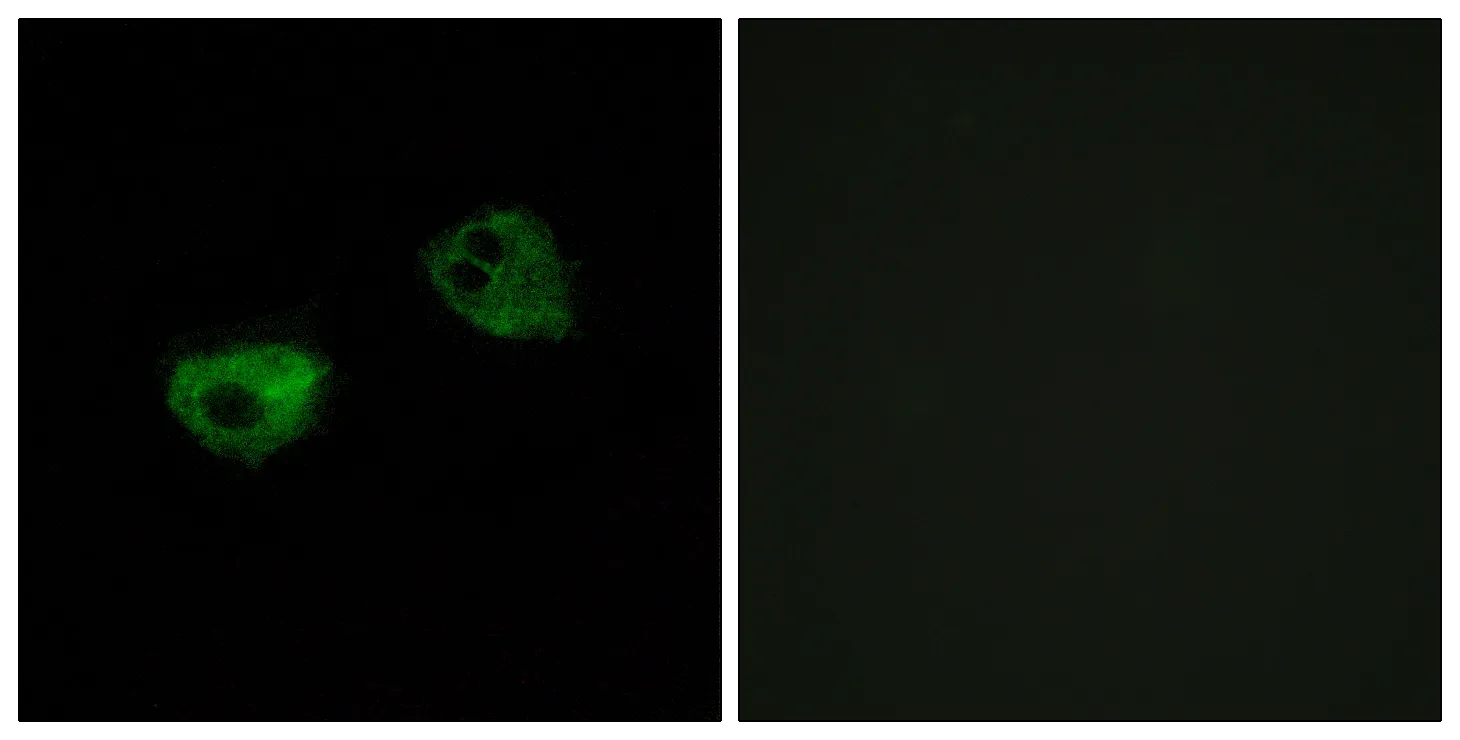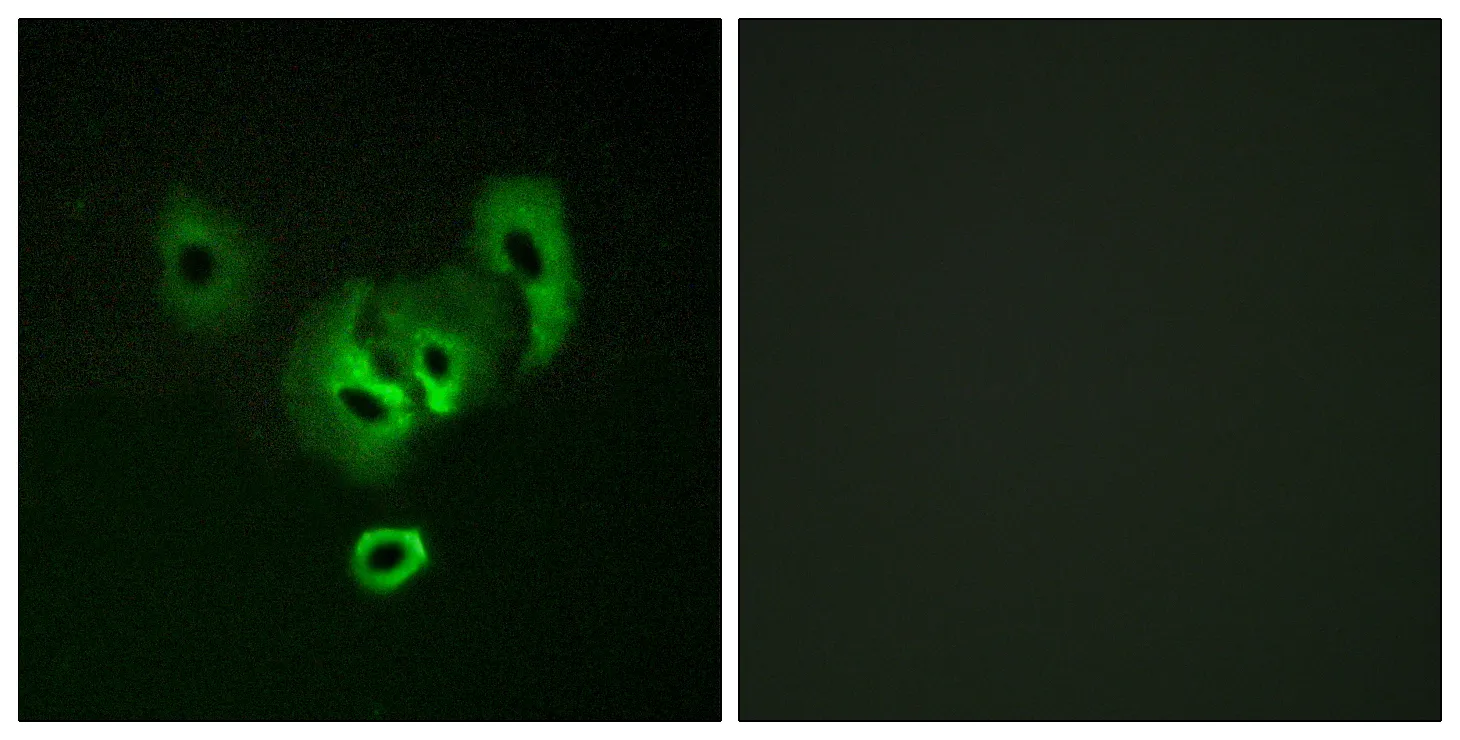Summary
Performance
Immunogen
Application
Background
The protein encoded by this gene is a type I membrane protein and a ligand of Eph-related receptor tyrosine kinases. It may play a role in cell adhesion and function in the development or maintenance of the nervous system. [provided by RefSeq, Jul 2008],disease:Defects in EFNB1 are a cause of craniofrontonasal syndrome (CFNS) [MIM:304110]; also known as craniofrontonasal dysplasia (CFND). CFNS is an X-linked inherited syndrome characterized by hypertelorism, coronal synostosis with brachycephaly, downslanting palpebral fissures, clefting of the nasal tip, joint anomalies, longitudinally grooved fingernails and other digital anomalies.,function:Binds to the receptor tyrosine kinases EPHB1 and EPHA1. Binds to, and induce the collapse of, commissural axons/growth cones in vitro. May play a role in constraining the orientation of longitudinally projecting axons.,induction:By TNF-alpha.,PTM:Inducible phosphorylation of tyrosine residues in the cytoplasmic domain.,similarity:Belongs to the ephrin family.,subunit:Interacts with GRIP1 and GRIP2.,tissue specificity:Heart, placenta, lung, liver, skeletal muscle, kidney, pancreas.,






